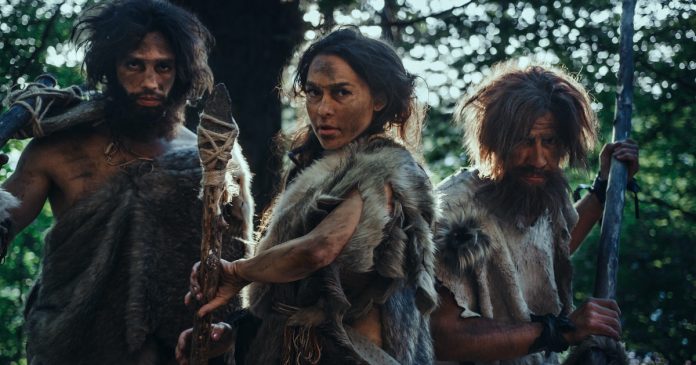Could the climate crisis drive Homo sapiens to extinction?
If history repeats itself, then maybe. In a study published in One Earth Thursday, scientists used a combination of the fossil record and climate modeling to determine that three early human species lost a significant chunk of their climate niche right before going extinct.
“It is worrisome to discover that our ancestors, which were no less impressive in terms of mental power as compared to any other species on Earth, could not resist climate change,” lead author Pasquale Raia of Università di Napoli Federico II in Napoli, Italy said in a Cell Press press release published by Phys.org. “And we found that just when our own species is sawing the branch we’re sitting on by causing climate change. I personally take this as a thunderous warning message. Climate change made Homo vulnerable and hapless in the past, and this may just be happening again.”
The researchers looked at six early human species that had existed from the Pliocene to the Pleistocene epochs: Homo habilis, Homo ergaster, Homo erectus, Homo heidelbergensis, Homo neanderthalensis and Homo sapiens. They compared 2,754 archeological findings with a climate emulator that determines rainfall, temperature and other factors over the last five million years in order to determine the climate niche for each species and whether it changed over time.
A climate niche is the sweet spot of climate conditions that are best suited to a given species’ survival, New Scientist explained.
For Homo erectus, Homo heidelbergensis and Homo neanderthalensis, their climate niche shrunk just before extinction. Homo erectus, for example, went extinct during the last glacial period, which was the coldest period that species had ever experienced, the study said.
“Our findings show that despite technological innovations including the use of fire and refined stone tools, the formation of complex social networks, and — in the case of Neanderthals — even the production of glued spear points, fitted clothes, and a good amount of cultural and genetic exchange with Homo sapiens, past Homo species could not survive intense climate change,” Raia said in the press release. “They tried hard; they made for the warmest places in reach as the climate got cold, but at the end of the day, that wasn’t enough.”
The researchers do think that, for Neanderthals, direct competition with modern humans combined with climate changes to push the species to the brink.
Other researchers who were not involved in the study cautioned that the fossil record is spotty for all of the species studied besides Neanderthals, which might mean that the species had longer lifespans or different climate niches than revealed in the study.
“Individuals belonging to these taxa lived at times, and in places, not sampled by the existing fossil record,” Bernard Wood at George Washington University in Washington, DC told New Scientist.
The researchers did try to account for this somewhat by testing for two fossil records: a core fossil record including only remains known to belong to each species and an extended fossil record including unidentified remains that could have belonged to more than one species. They found that the climate niche shrunk before extinction for the three species in question no matter which record they used.





























